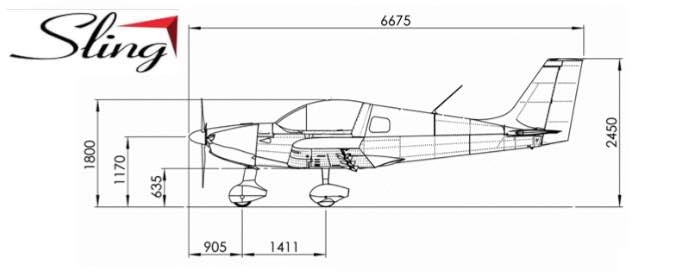Hooray – the fuel tanks seem to be sealed! That’s fantastic because if they weren’t, just about any rework scenario would be ugly. Thankfully, I don’t have to go there.
Having an active build community that shares experiences is so incredibly valuable. I think it’s absolute essential for the growth and long-term success of any kit manufacturer. Fortunately for home-builders of Sling Aircraft, there’s a steadily increasing number of builders and contributions to the knowledge base. That’s where I found the details of employing a water-manometer for safely and confidently testing the integrity of the fuel tanks. Thank you fellow Sling 2 builder — Pascal Latten: Sling2 Fuel Tank Leak Test
My test apparatus was not anywhere near as well-done as Pascal’s, but it worked – once I got the apparatus itself to not leak. At first, I was testing the apparatus. It failed miserably. Once I eliminated all of the leaks caused by clamped hose connections, I was eventually able to get to the point of testing the tanks themselves.
Over a test period of several days, I logged tank pressure vs. temperature and local barometric pressure readings. In theory, you can then compute a leak-rate value that can be compared to an established value (found in a reference table) that is acceptable for whatever you’re wanting to keep in your tank. In this case it’s gasoline.
I ran into a bit of a snag with my barometric pressure readings. After being astounded how little the barometric pressure readings were changing over the test period, I discovered that my home weather center was more for decoration than practical use. The old – thump on the glass trick – revealed that the mechanical pressure gauge was sticky. That pretty much trashed my data. But, all was not lost.
I’d casually kept eye on local barometric pressure, through local weather reports, and it really wasn’t changing a whole lot. It stayed within a rather narrow range. Temperature went up and down – and so did the tank pressure readings – quite a lot! It was somewhat frightening. Do I have I leak, I wondered? But throughout the tests, and ultimately, the ending tank pressure matched starting pressure at the same temperature. I felt good about that – perhaps even better than I might have felt about the subjectively assessing the relative size of an inflated balloon or nitrile glove. In the end, I didn’t bother to compute a leak value for either tank, but I have confidence that it’s all good to go!
